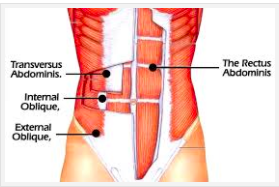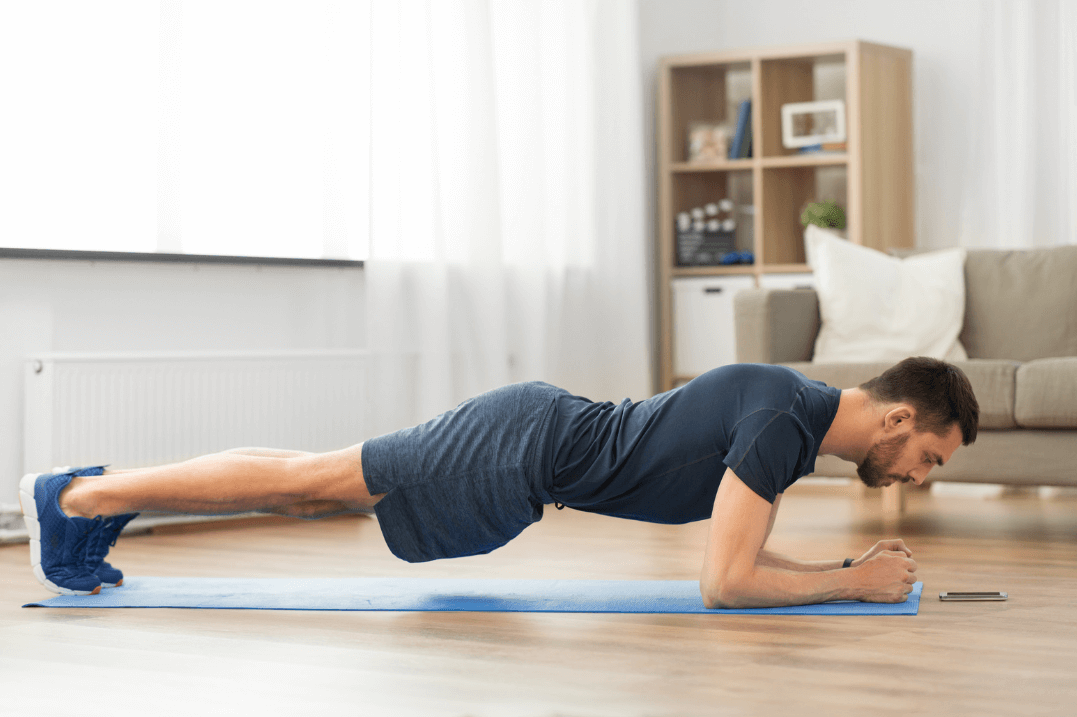A skyscraper with a weak foundation might wobble or crack under pressure. Similarly, without a robust core, your body can suffer from imbalances, leading to back pain, poor posture, and decreased mobility.
Strengthening your core is like reinforcing the foundation of a building, ensuring it can handle daily stresses and stand tall against the forces of nature. Let's delve into the importance of the body's core and how it can positively impact your daily life.

Just as a skyscraper's foundation supports its structure, the spine serves as the backbone of the body. Connected to the spine is a complex network of muscles and ligaments forming the core, which plays a crucial role in providing strength and stability to the spine, arms, and legs. This core, comprising the spine and associated muscles, acts as the glue holding our bodies together as a unified whole.
More on the Core
The key muscles that maintain stability in the body are the rectus abdominis muscles (“abs”) at the front of your abdomen and the internal and external obliques, layered one on top of the other in the front and side of the abdomen. The transversus abdominis muscles, as the name suggests, run horizontally across your lower abdomen.
The transversus abdominis muscles, as the name suggests, run horizontally across your lower abdomen. Strengthening all these muscles reduce the strain on your back and helps relieve or prevent back pain. A strong core also helps your balance, which prevents falls and enables you to exercise and conduct daily activities, from lifting a heavy box to going upstairs.

Here are some ways that building a strong core and awareness yields numerous benefits that positively affect daily life:
- Reduced likelihood and severity of back pain episodes
- Protection against injury by responding better to stresses
- Potential assistance in avoiding back surgery in some cases
- Facilitated healing from a back problem or surgery
- Improved posture
Exercising Your Core
Physical therapy, such as that provided by experts like those at James Fowler, can assess specific areas that require attention and address what areas you need to focus on when creating an exercise program. Exercises focusing on the extensors (back and gluteal muscles), flexors (abdominal and iliopsoas muscles), and obliques (paraspinal, side muscles) can strengthen the spine and core, promoting overall well-being.
If you are looking for an exercise that can effectively target and strengthen your core muscles, look no further than the plank. The plank is a simple yet powerful move that fitness experts highly recommend. To get started, follow these quick and easy steps:
-
Lie on your stomach with your elbows directly under your shoulders and toes tucked in.
-
Lift your body, creating a straight line from your head to your feet. Make sure your shoulder blades are drawn together, your hips are not lifted too high or dropped towards the mat, and your lower abdominals are engaged.
-
Reach out through your heels to help you feel the length of your body. Maintain the position for 15-30 seconds.

Just as a solid foundation ensures the stability of a skyscraper, a strong core is vital for maintaining the integrity of your body. Embrace an increased awareness and strength of your core to enjoy a life of improved mobility and decreased pain. So, the next time you are in New York City admiring the tall skyscrapers, take a moment to appreciate your core—the key to a healthier and more active life.
Sources:
- Veritashealth.com (https://www.spine-health.com/wellness/exercise/back-exercises-and-abdominal-exercise-recommendations) 1999-2018
- Harvard University (https://www.health.harvard.edu/newsletter_article/avoid-back-pain-and-improve-balance-by-strengthening-core-muscles) 2010-2018
- James Fowler Physical Therapy (https://jamesfowlerpt.com/the-importance-of-core-part-4/importance-of-core-part-4). 2016-2018
- Stack.com (http://www.stack.com/a/6-upper-back-stretches-that-improve-mobility-and-reduce-pain)
